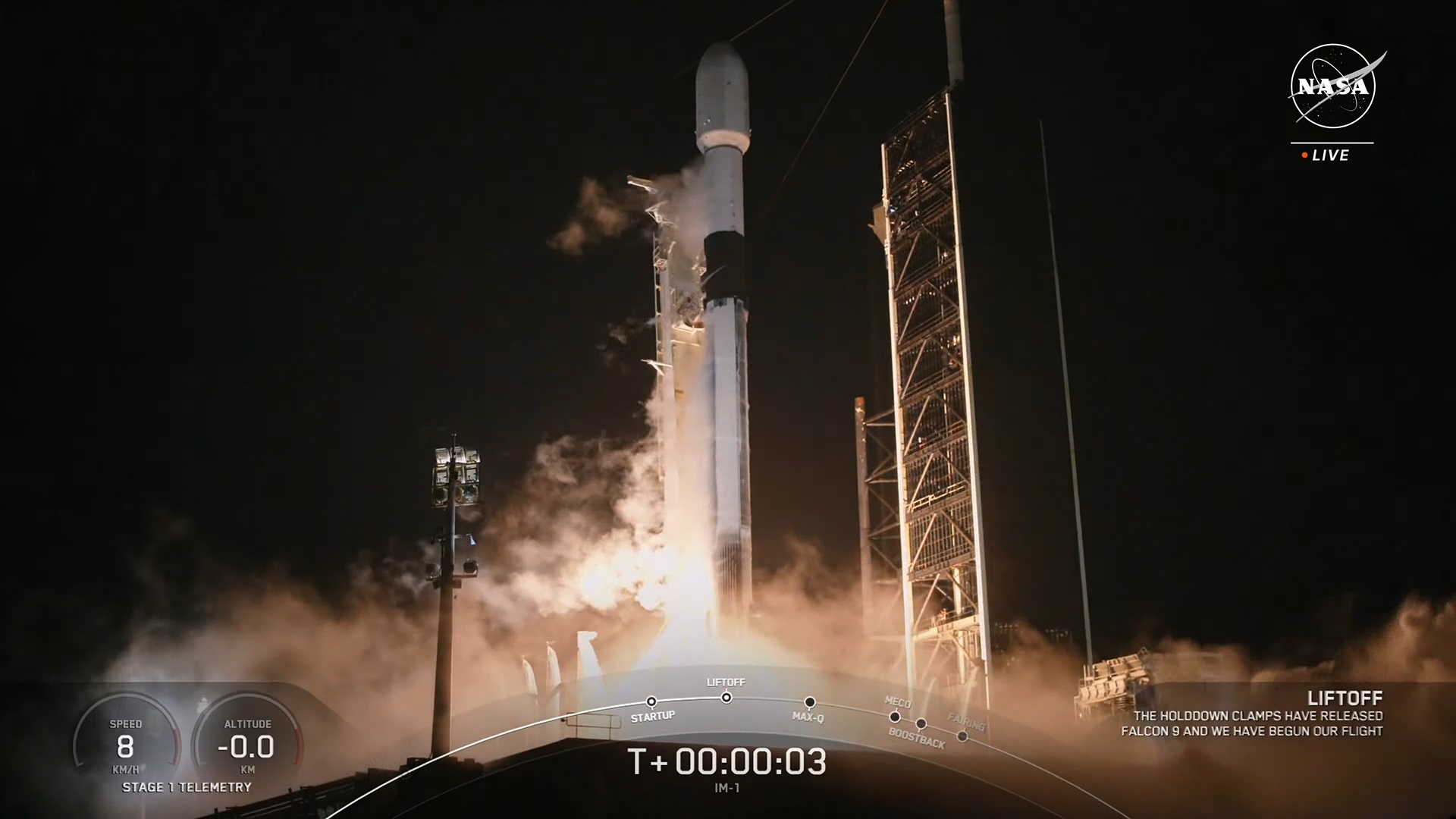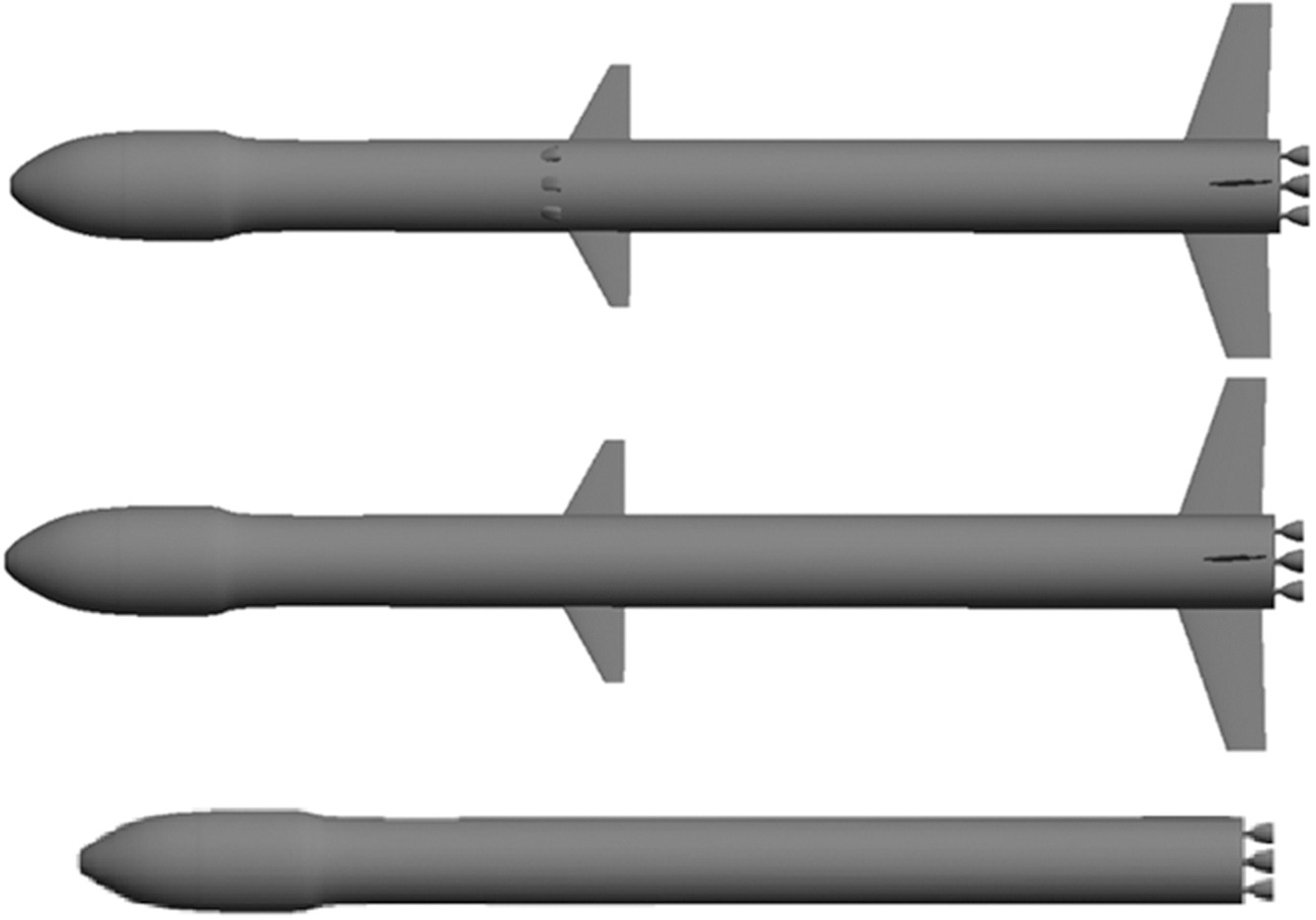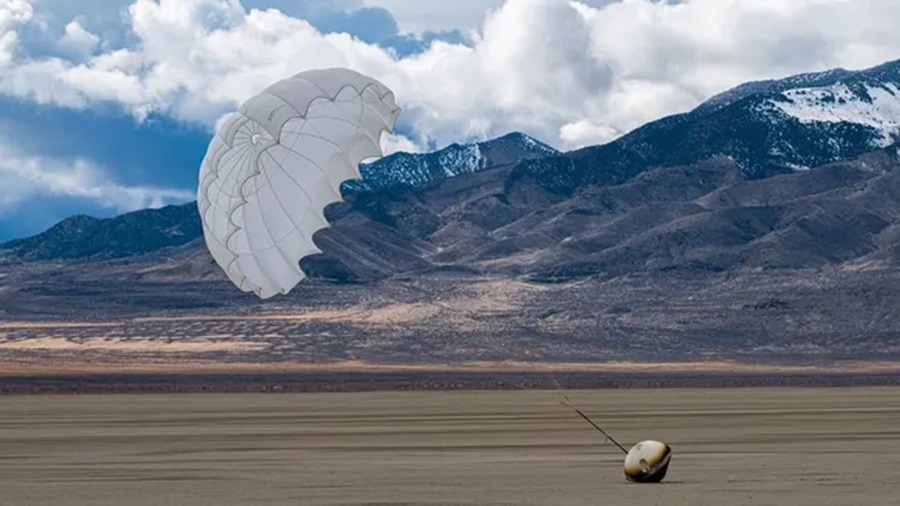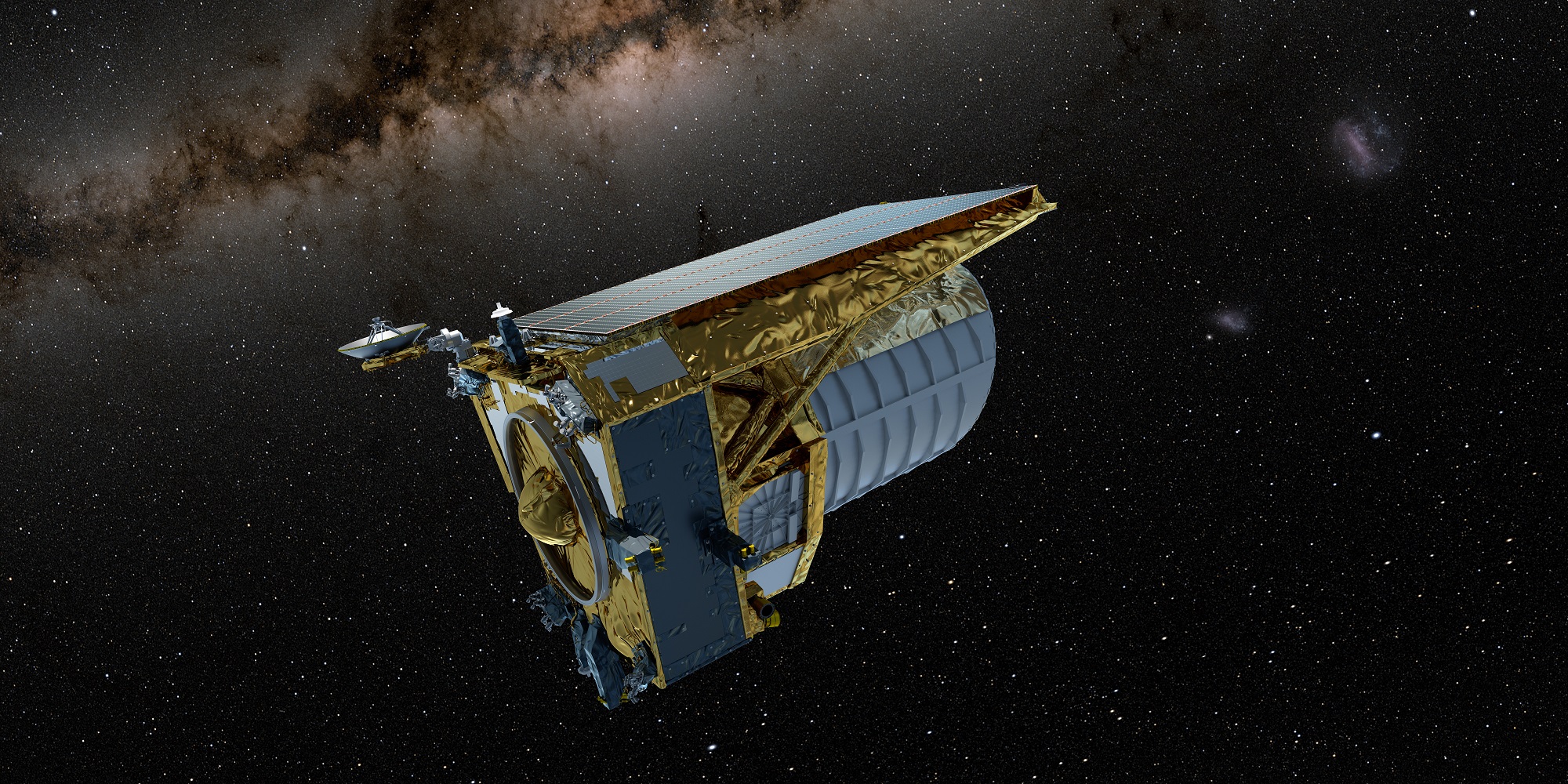The launch of a rocket into orbit should never become routine. There was a time, probably around the 50’s and 60’s that a rocket launch hit the headlines. Now its just another launch. Last year (2024) saw a record breaking 263 launches. The US launched 158, China launched 68 and other countries/regions like Europe, Russian and Japan. Last year just 224 launches were completed and two years ago in 2022, 168 launches were completed. Surprisingly perhaps, prior to 2020 the record was set at 141 back in 1967, the future of rocket flight still seems quite alive!
The New Mars Landing Approach: How We’ll Land Large Payloads on the Red Planet
Back in 2007, I talked with Rob Manning, engineer extraordinaire at the Jet Propulsion Laboratory, and he told me something shocking. Even though he had successfully led the entry, descent, and landing (EDL) teams for three Mars rover missions, he said the prospect of landing a human mission on the Red Planet might be impossible.
But now, after nearly 20 years of work and research — as well as more successful Mars rover landings — Manning says the outlook has vastly improved.
“We’ve made huge progress since 2007,” Manning told me when we chatted a few weeks ago in 2024. “It’s interesting how its evolved, but the fundamental challenges we had in 2007 haven’t gone away, they’ve just morphed.”
Continue reading “The New Mars Landing Approach: How We’ll Land Large Payloads on the Red Planet”Hera Probe Heads Off to See Aftermath of DART’s Asteroid Impact

The European Space Agency’s Hera spacecraft is on its way to do follow-up observations of Dimorphos, two years after an earlier probe knocked the mini-asteroid into a different orbital path around a bigger space rock.
Scientists say the close-up observations that Hera is due to make millions of miles from Earth, starting in 2026, will help them defend our planet from future threats posed by killer asteroids.
Continue reading “Hera Probe Heads Off to See Aftermath of DART’s Asteroid Impact”Stranded Astronauts To Get Their Ride Home
You might remember the story of the two astronauts on board the International Space Station that went for an 8 day mission, that was back in June 2024! Butch Wilmore and Suni Williams have been stranded there ever since but their ride home has just arrived at the ISS. A SpaceX Crew Dragon capsule carrying Nick Hague and Aleksandr Gorbunov has just docked so that the two can join the Expedition 72 crew already on board. There are now 11 people on boar the ISS but the Crew-9 capsule will return in February carrying Wilmore and Williams finally back home.
Continue reading “Stranded Astronauts To Get Their Ride Home”SpaceX Resumes Falcon 9 Rocket Launches After FAA Go-Ahead

SpaceX is flying again after the Federal Aviation Administration ruled that the company can resume Falcon 9 rocket launches while the investigation into a failed July 11 mission continues.
The FAA’s go-ahead came on July 25 after SpaceX reported that the failure was caused by a crack in a sense line for a pressure sensor attached to the upper stage’s liquid-oxygen system. That resulted in an oxygen leak that degraded the performance of the upper-stage engine. As a near-term fix, SpaceX is removing the sense line and the sensors for upcoming Falcon 9 launches.
It didn’t take long for SpaceX to get back to its flight schedule. The company launched a Falcon 9 rocket from NASA’s Kennedy Space Center in Florida at 1:45 a.m. ET (05:45 GMT) today. Like the July 11 mission, this one sent a batch of SpaceX’s Starlink satellites to low Earth orbit.
The launch appeared to proceed without incident. After stage separation, the first-stage booster descended to a landing on a drone ship in the Atlantic Ocean, while the second stage proceeded to orbit and deployed 23 satellites for the Starlink high-speed internet network.
Continue reading “SpaceX Resumes Falcon 9 Rocket Launches After FAA Go-Ahead”SpaceX’s Rocket Failure Could Cause Delays for Lots of Launches

After going eight years and more than 300 launches without a failure, SpaceX had a Falcon 9 rocket launch go awry, resulting in the expected loss of 20 Starlink satellites.
The Federal Aviation Administration said it would oversee an investigation into the anomaly, raising the prospect that dozens of launches could be delayed until the problem is identified and rectified. Update for July 27: SpaceX was able to resume Falcon 9 launches after the FAA ruled that no public safety issues were involved in the anomaly.
As many as 40 Falcon 9 launches are on tap between now and the end of the year — potentially including missions that would carry astronauts to the International Space Station and send the privately funded Polaris Dawn crew into orbit for the world’s first commercial spacewalk.
Continue reading “SpaceX’s Rocket Failure Could Cause Delays for Lots of Launches”A Capsule With Antiviral Drugs Grown in Space Returns to Earth
On Wednesday, February 21st, at 01:40 p.m. PST (04:40 p.m. EST), an interesting package returned to Earth from space. This was the capsule from the W-1 mission, an orbital platform manufactured by California-based Varda Space Industries, which landed at the Utah Test and Training Range (UTTR). Even more interesting was the payload, which consisted of antiviral drugs grown in the microgravity environment of Low Earth Orbit (LEO). The mission is part of the company’s goal to develop the infrastructure to make LEO more accessible to commercial industries.
Continue reading “A Capsule With Antiviral Drugs Grown in Space Returns to Earth”Intuitive Machines’ Odysseus Lander Begins Its Moon Odyssey

Now it’s Intuitive Machines’ turn to try making history with a robotic moon landing.
Today’s launch of the Houston-based company’s Odysseus lander marks the first step in an eight-day journey that could lead to the first-ever soft landing of a commercial spacecraft on the moon. Odysseus would also be the first U.S.-built spacecraft to touch down safely on the lunar surface since Apollo 17’s mission in 1972.
The lander — which is as big as an old-fashioned British phone booth, or the Tardis time portal from the “Doctor Who” TV series — was sent spaceward from Launch Complex 39A at NASA’s Kennedy Space Center atop a SpaceX Falcon 9 rocket at 1:05 a.m. ET (0605 UTC).
Continue reading “Intuitive Machines’ Odysseus Lander Begins Its Moon Odyssey”ESA's Euclid Mission is Off to Explore the Dark Universe
On Saturday, July 1st (Canada Day!), the ESA’s Euclid space telescope lifted off from Cape Canaveral in Florida. This next-generation astrophysics mission will spend the next few weeks flying to the Earth-Sun L2 Lagrange Point, where it will spend the next six years observing one-third of the sky. During that time, Euclid will observe billions of galaxies to a distance of 10 billion light-years, leading to the most extensive 3D map of the Universe ever created. This map will help astronomers and cosmologists resolve the lingering mystery of Dark Matter and Dark Energy (DM & DE).
Continue reading “ESA's Euclid Mission is Off to Explore the Dark Universe”Reusable Rockets Could Fly Back to Their Launch Sites With Wings

Reusable launch vehicles have been a boon for the commercial space industry. By recovering and refurbishing the first stages of rockets, launch providers have dramatically reduced the cost of sending payloads and even crew to space. Beyond first-stage boosters, there are efforts to make rockets entirely reusable, from second stages to payload fairings. There are currently multiple strategies for booster recovery, including mid-air retrieval using helicopters and nets. Still, the favored method involves boosters returning to a landing pad under their own power (the boost-back and landing maneuver).
This strategy requires additional rocket propellant for the booster to land again, which comes at the expense of payload mass and performance for the ascent mission. As an alternative, researchers from the National Office Of Aerospace Studies And Research (ONERA) propose two new types of strategies that would allow boosters to return to their launch site. These are known as “glide-back” and “fly-back” architectures, both of which involve boosters with lifting surfaces (fins and wings) performing vertical takeoff and horizontal landing (VTVL) maneuvers.
Continue reading “Reusable Rockets Could Fly Back to Their Launch Sites With Wings”




